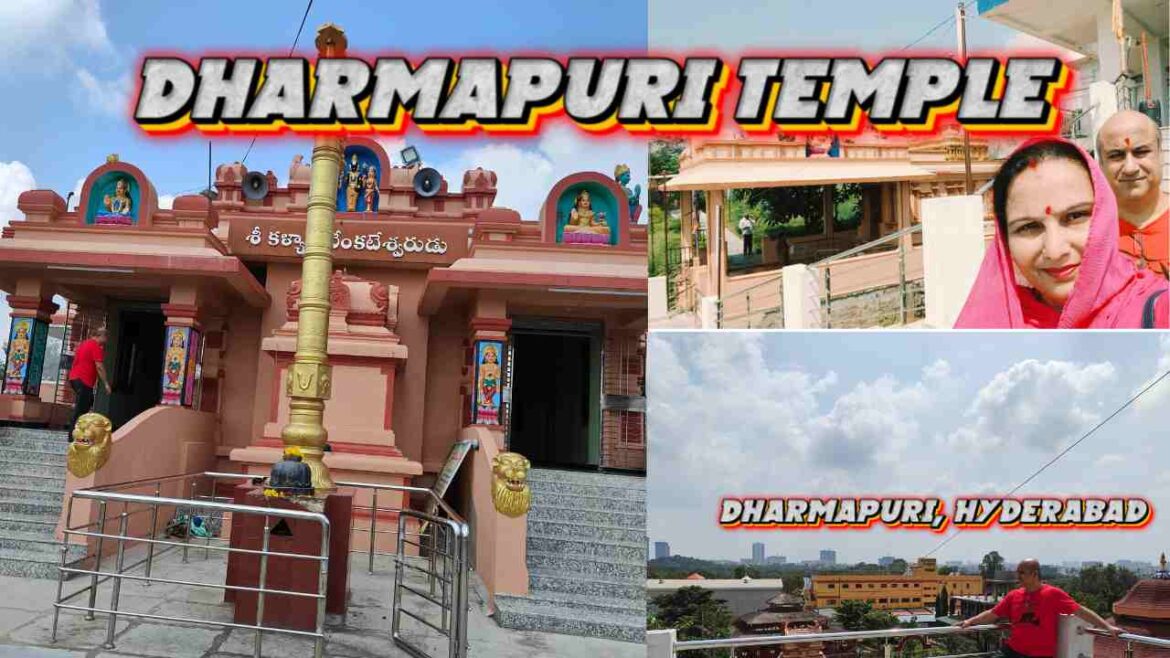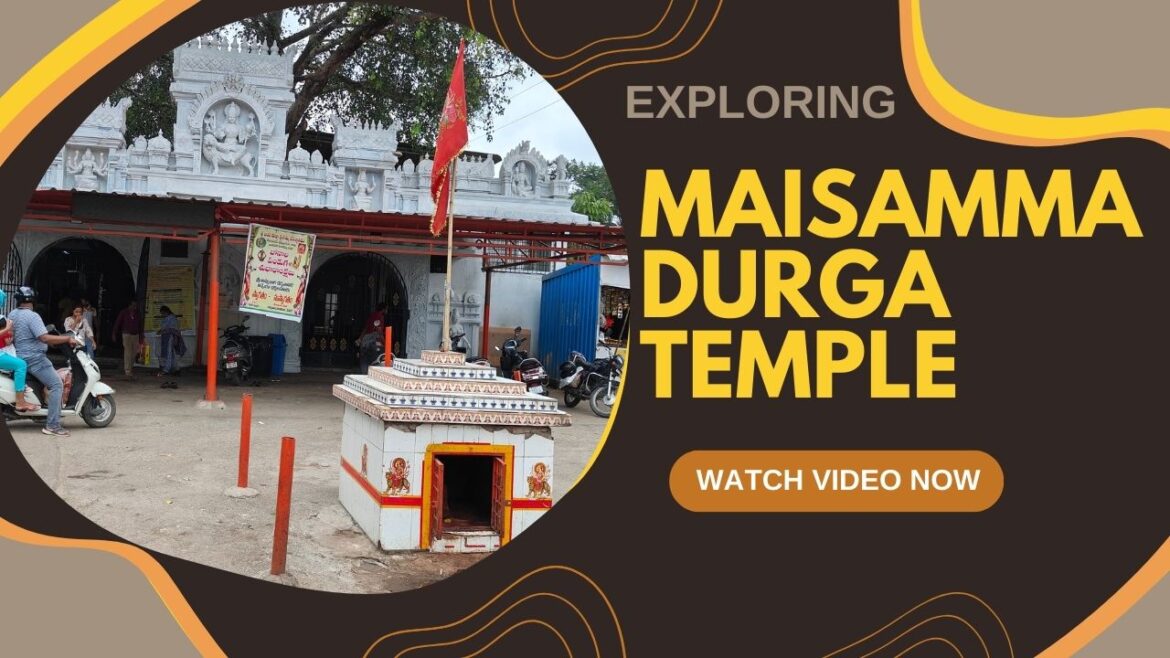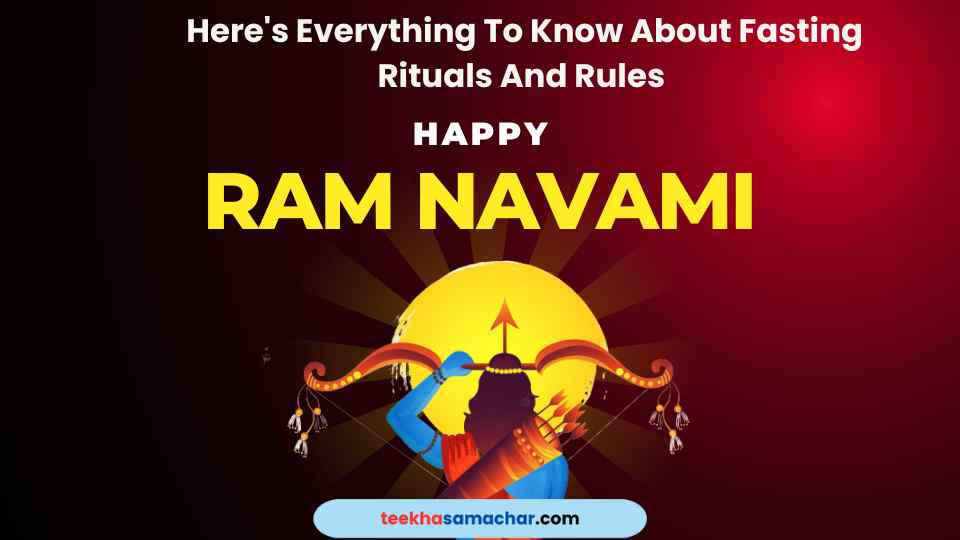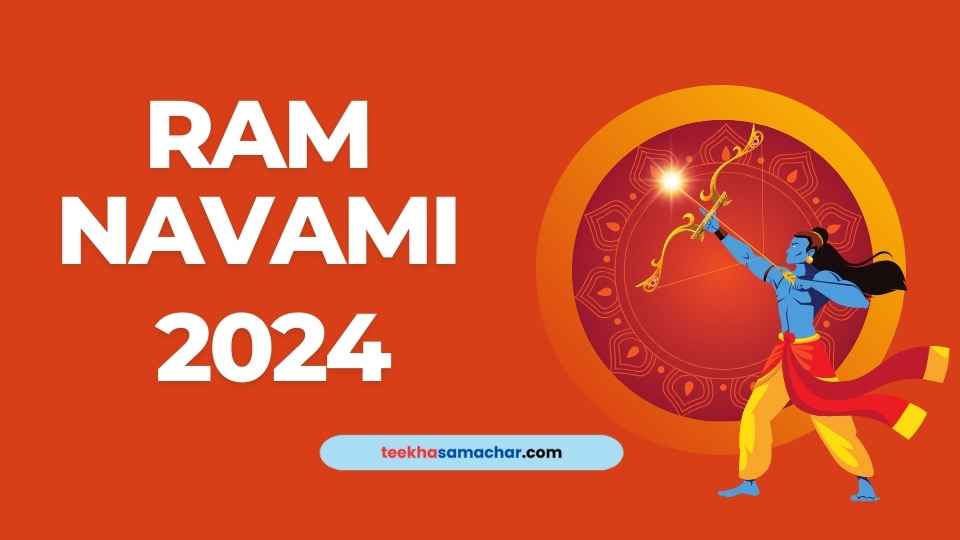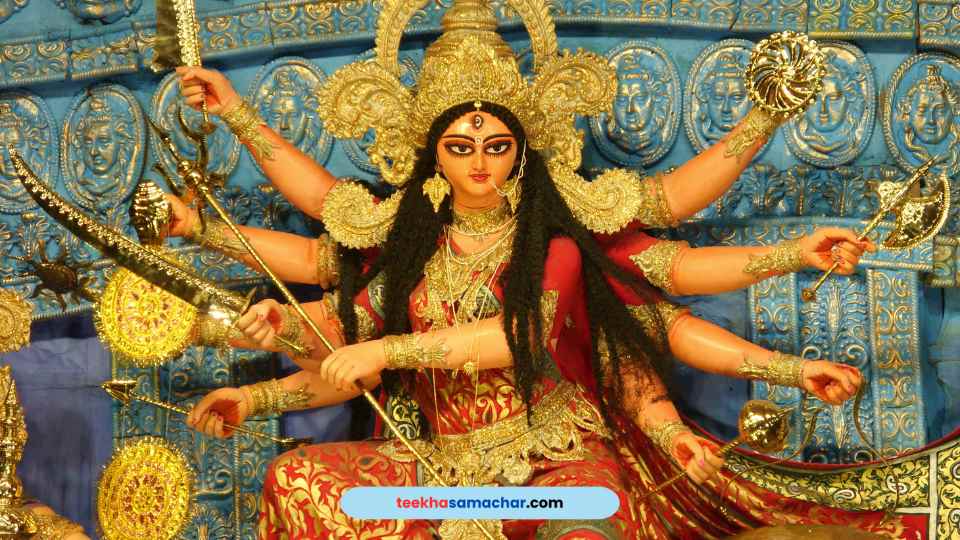Dharmapuri Temple Madinaguda : Most visitors to Hyderabad are often unaware of the serenity and spirituality that awaits them at Dharmapuri Temple, a beautiful sanctuary
Category: religion
Discover the Hidden Gem of Hyderabad: Maisamma Durga Temple – Unveil the Mystical Story of Durga Mata
Maisamma Durga Temple Hyderabad : When my wife returned from Punjab, I had already made up my mind about our next spiritual journey: a visit
The Jagannath Temple at Banjara Hills, Hyderabad: A Divine Replica of Puri’s Spiritual Splendor
Jagannath Temple Banjara Hills Hyderabad – stands as a testament to architectural brilliance and spiritual devotion. A meticulous replica of the renowned Jagannath Temple in
Ram Navami 2024: Here’s Everything To Know About Fasting Rituals And Rules
Ram Navami 2024 fasting rituals : Ram Navami, the auspicious Hindu festival commemorating the birth of Lord Ram, the seventh incarnation of Lord Vishnu, is
When is Ram Navami: A Comprehensive Guide to Traditions, Celebrations, and Cultural Significance
Ram Navami celebrations : The auspicious Hindu festival commemorating the birth of Lord Rama, holds immense significance in the hearts of devotees worldwide. Celebrated with great
Celebrating Puthandu: Tamil New Year Traditions and Significance
Puthandu celebration : The Tamil New Year, known as Puthandu, marks the beginning of the new year according to the Tamil calendar. Celebrated with great
Gangaur 2024: Date, Rituals, Significance, and Everything You Need to Know
Gangaur 2024 : a significant festival celebrated during Chaitra Navratri, holds immense importance among the Hindu community. It is a festival that symbolizes the purity
Gudi Padwa 2024: Insights into the Celebrations of Ugadi as Gudi Padwa Fascinates Telugu States
Gudi Padwa 2024 : The people of Telugu states celebrate the first day of the month of Chaitra as the festival of Ugadi. However, it
Chaitra Navratri 2024: Significance, Rituals, and All You Need To Know
Chaitra Navratri : Chaitra Navratri, also known as Vasant Navratri, is a significant Hindu festival celebrated with great fervor and devotion across India. It marks
Good Friday – Significance, Rituals and Traditions
Good Friday – Significance : Traditionally observed by Christians worldwide, Good Friday holds immense significance as it commemorates the crucifixion of Jesus Christ. It is

